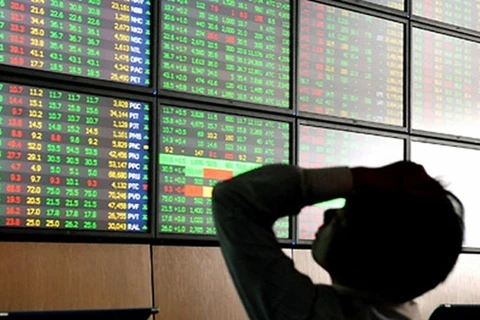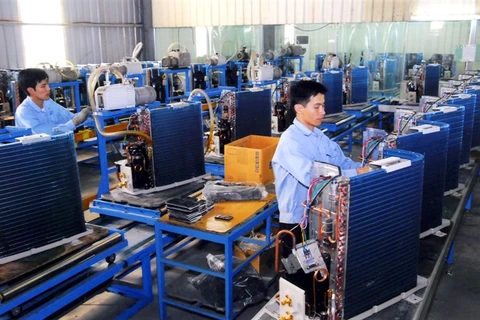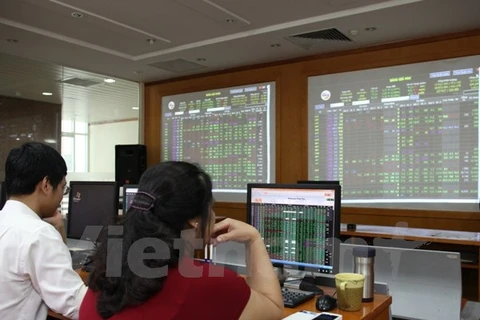Hanoi (VNA)
– Ho Chi Minh City and Hanoi stock exchanges will launch a common index in October, financial news website ndh.vn reported, citing a southern bourse's report.
The HCM Stock Exchange (HoSE) said the launch will be an initial step to merge the two exchanges, and standardise local stock indices in the future.
This is part of the restructuring process in line with a strategy that the Government has adopted for stock market development until 2020.
Industry insiders said HoSE will mainly operate shares and corporate bond trading, while the Hanoi Exchange (HNX) will focus on state bonds and derivatives transactions.
In April, the two exchanges already signed a memorandum of understanding on building the common index, besides other forms of cooperation such as sharing data, developing the corporate bond market and organising company management programmes.
These are aspects that stock market regulators are trying to improve to help the local bourses get closer to international standards.
According to HoSE, the Vietnamese stock market continued to attract international investors this year, with the benchmark VN-Index reaching an eight-year high last July.
Until July 20 this year, transaction values on the HoSE alone averaged some 2.37 trillion VND (105.3 million USD) per day, an increase of 25 percent over the same period last year.
The market capitalisation value of the HoSE hit 1.3 quadrillion VND on July 20, up 16 percent over the end of last year and equivalent to 32 percent of the country's gross domestic product (GDP).
HoSE authorities said at the 16th anniversary of the southern exchange late last month that they will concentrate on strengthening the domestic market for sustained development over the next five years, by increasing the size and liquidity of the market.
They expected the local market to reach a capitalisation value equalling 60 percent of GDP, and to keep abreast with the standards of other markets in the Association of Southeast Asian Nations (ASEAN).-VNA

























